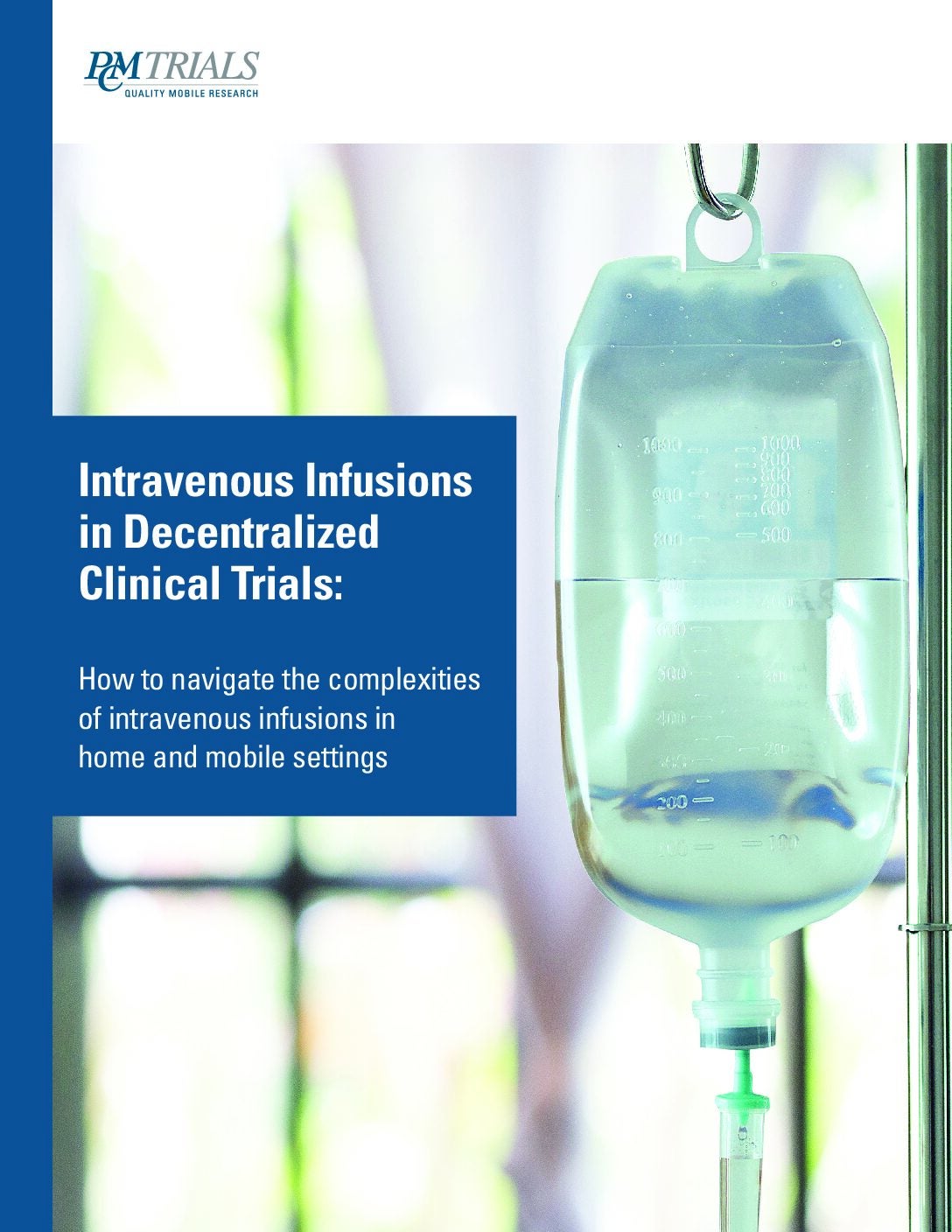In its latest update, Clinical Trials Arena’s decentralised clinical trial (DCT) Adoption Tracker examines DCT activity in 2022 and reveals what 2023 may bring for clinical trial decentralisation.
The first version of the DCT tracker was first published one year ago. Since then, it is updated on a quarterly basis to investigate important aspects of DCT adoption, like the existence of decentralisation archetypes by therapy area.

Reduced DCT uptake in 2022
The overall pace of decentralisation slowed down in 2022, with DCT activity decreasing by 9% compared to 2021, which was a record year. Still, DCT use in 2022 was significantly higher than in 2020. Karen Noonan, senior vice president of global regulatory policy at the Association of Clinical Research Organisations (ACRO), says that there could be innumerable variables to explain such a dip in DCT activity.
“The key question is why are the numbers short of optimising the promise of DCTs? Is there a gap between where we are and where we could be in terms of DCT uptake and adoption?” she questions. Noonan explains that the key remaining hurdle in DCTs and clinical trial transformation is change management. Also, there is still a need to change the way that industry stakeholders think about trials and ways to conduct them.
DCT activity to reach new heights in 2023
When talking about the use of decentralisation during and after the Covid-19 pandemic, it is important to look at the idea of unplanned versus planned DCTs, Noonan says. During the height of the pandemic, decentralisation components were used to rescue ongoing trials to keep them running, making them unplanned DCTs. Now, sponsors are able to plan trials that are decentralised by design, which may help increase the rate of decentralisation again, she explains.
Based on historical values of DCT activity between 2010 and 2022, Clinical Trials Arena’s analysis projects a bounce back. The incorporation of decentralisation components in clinical trials is estimated to rise by 17% by the end of 2023, surpassing the peak activity observed in 2021.
How well do you really know your competitors?
Access the most comprehensive Company Profiles on the market, powered by GlobalData. Save hours of research. Gain competitive edge.

Thank you!
Your download email will arrive shortly
Not ready to buy yet? Download a free sample
We are confident about the unique quality of our Company Profiles. However, we want you to make the most beneficial decision for your business, so we offer a free sample that you can download by submitting the below form
By GlobalDataPlanning trials that are decentralised by design holds several benefits, Noonan explains. First, it allows for early stakeholder engagement to address potential site- and patient-related burdens. Clinical Trials Arena has previously reported on the challenges that patients might face in a decentralised trial. Additionally, planning DCTs by design improves the development of robust protocols, which is very beneficial from the regulators’ point of view. “Regulators are very receptive to DCTs, but they want to hear our rationale for why the inclusion of a particular DCT element makes sense in this particular trial,” she notes.
DCT components and tools
Digital data collection was the fastest-growing decentralisation component, with a 54% increase in 2021 compared to 2020. The use of this approach decreased by 16% in 2022 versus 2021, but is expected to recover by 13% in 2023.
The use of electronic patient-reported outcome (ePRO)/electronic clinical outcome assessment (eCOA)/eConsent and decentralisation to home/alternative sites also slowed down by 31% in 2022. The use of these virtual tools is expected to recover in 2023 and reach similar activity levels as those seen in 2021.
The least affected DCT component in 2022 was remote monitoring, such as using sensors, devices, and trackers, in comparison to the adoption of all other DCT elements. The use of this component decreased by only 5% compared to 2021 and it is expected to increase by 10% this year.
An increase in Phase I DCTs
Although overall DCT activity slowed down in 2022, the use of decentralisation in Phase I trials increased by 14% in 2022 compared to 2021. Noonan says that Phase I trials would be the least likely candidates for decentralisation. “Early phase research is often a unique stage in the clinical research timeline because you would have the most risk and the most concern [regarding the investigational drug],” she explains.
DCT activity decelerated in Phase II and Phase III trials, while it remained almost identical to activity levels in 2021 in Phase IV studies.
The use of decentralisation approaches utilised by commercial sponsors decreased by 52% in 2022 compared to 2021, but Clinical Trials Arena’s analysis forecasts that the activity will recover this year with a 57% increase. Non-commercial sponsors also decentralised their trials to a lesser extent last year, with a 37% decreased activity compared to 2021. However, the use of DCTs by academic and research institutions is estimated to rise again by 18% by the end of 2023.
For the full analysis and visualisations go to the latest update of the DCT tracker. The analysis is based on data from GlobalData’s Clinical Trials Intelligence database. GlobalData is the parent company of Clinical Trials Arena.
Decentralised Clinical Trial coverage in Clinical Trials Arena is supported by Huma.
Editorial content is independently produced and follows the highest standards of journalistic integrity. Topic sponsors are not involved in the creation of editorial content.








